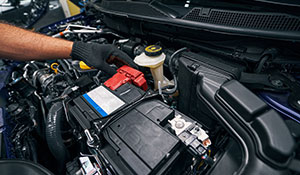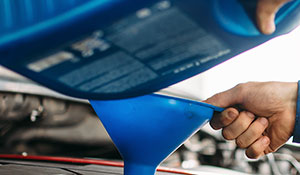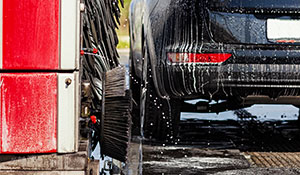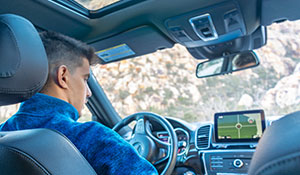Good Visibility is Vital
If your wipers are leaving streaks of water on the windshield, or if the wiper-blade rubber shows any signs of cracking or stiffness, replace them with a new set.
Between bugs and dirt being kicked up off the road, it's likely that you'll be using your windshield washers a lot. Be sure to keep your windshield washer reservoir filled. (The standard blue stuff will suffice; just don't use water, as if you leave it until winter it can freeze in the washer lines.)
Remember that you'll likely be driving at night for portions of the trip. So make sure the headlights, brake lights, turn signals, hazards, and interior lights are all working properly










